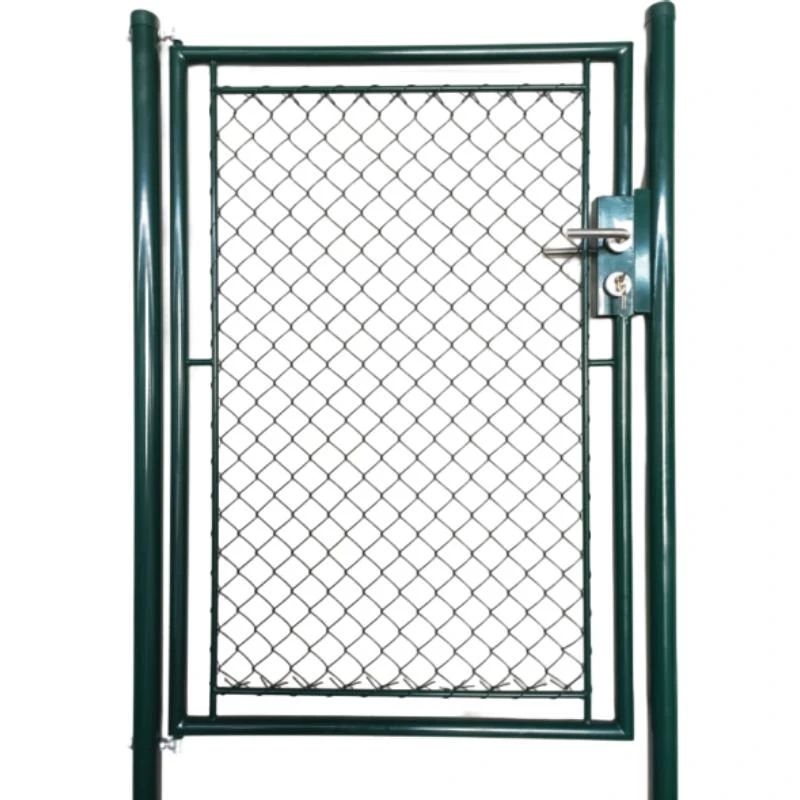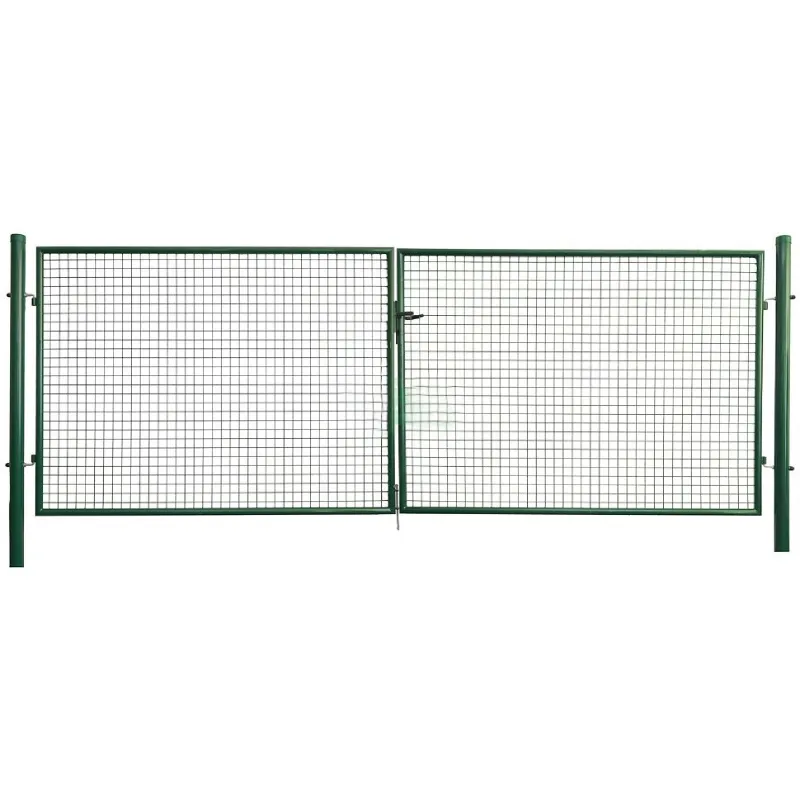-
Post-d:zhao@hyliec.cn
-
Fòn:+86 311 85273988
-
WhatsAPP:8613931128750
-
 Afraganach
Afraganach -
 Albànianach
Albànianach -
 Amharic
Amharic -
 Arabach
Arabach -
 Armenianach
Armenianach -
 Azerbaijani
Azerbaijani -
 Basgach
Basgach -
 Belarusianach
Belarusianach -
 Bengàlach
Bengàlach -
 Bosnianach
Bosnianach -
 Bulgàrianach
Bulgàrianach -
 Catalanach
Catalanach -
 Cebuano
Cebuano -
 Corsicanach
Corsicanach -
 Croatianach
Croatianach -
 Seacach
Seacach -
 Dànach
Dànach -
 Duitseach
Duitseach -
 Sasannach
Sasannach -
 Esperanto
Esperanto -
 Estòinianach
Estòinianach -
 Fionnlaineach
Fionnlaineach -
 Frangach
Frangach -
 Frisianach
Frisianach -
 Galicianach
Galicianach -
 Georgianach
Georgianach -
 Gearmailteach
Gearmailteach -
 Grèigeach
Grèigeach -
 Gujarati
Gujarati -
 Haitian Creole
Haitian Creole -
 Hausa
Hausa -
 Hawaiianach
Hawaiianach -
 Eabhrach
Eabhrach -
 Chan eil
Chan eil -
 Miao
Miao -
 Hungàrianach
Hungàrianach -
 Innis Tìleach
Innis Tìleach -
 igbo
igbo -
 And-Innseach
And-Innseach -
 Èireannach
Èireannach -
 Eadailteach
Eadailteach -
 Iapanach
Iapanach -
 Iabhaininnseach
Iabhaininnseach -
 Kannada
Kannada -
 Kasakh
Kasakh -
 Ciméireach
Ciméireach -
 Ruanda
Ruanda -
 Corèanach
Corèanach -
 Curdach
Curdach -
 Kyrgyz
Kyrgyz -
 TBh
TBh -
 Laidinn
Laidinn -
 Latbhianach
Latbhianach -
 Lithuanianach
Lithuanianach -
 Luxembourgach
Luxembourgach -
 Macedonianach
Macedonianach -
 Malgashi
Malgashi -
 Malaidheach
Malaidheach -
 Malayalamach
Malayalamach -
 Malteseach
Malteseach -
 Maori
Maori -
 Marathiach
Marathiach -
 Mongolianach
Mongolianach -
 Myanmar
Myanmar -
 Nepalach
Nepalach -
 Lochlannach
Lochlannach -
 Lochlannach
Lochlannach -
 Occitan
Occitan -
 Pashto
Pashto -
 Persianach
Persianach -
 Pòlainneach
Pòlainneach -
 Portugalach
Portugalach -
 Punjabi
Punjabi -
 Romànianach
Romànianach -
 Ruiseanach
Ruiseanach -
 Samoan
Samoan -
 Gàidhlig na h-Alba
Gàidhlig na h-Alba -
 Serbianach
Serbianach -
 Sasannach
Sasannach -
 Shona
Shona -
 Sindeach
Sindeach -
 Sinhala
Sinhala -
 Slovacanach
Slovacanach -
 Slobhenianach
Slobhenianach -
 Somali
Somali -
 Spàinneach
Spàinneach -
 Sundais
Sundais -
 Swahilieach
Swahilieach -
 Suaineach
Suaineach -
 Tagalogach
Tagalogach -
 Tajik
Tajik -
 Tamileach
Tamileach -
 Tatarais
Tatarais -
 Telugach
Telugach -
 Thaidheach
Thaidheach -
 Turcach
Turcach -
 Turkmen
Turkmen -
 Ucràinis
Ucràinis -
 Urdu
Urdu -
 Uighur
Uighur -
 Uzbek
Uzbek -
 Bhietnam
Bhietnam -
 Cuimris
Cuimris -
 Cuideachadh
Cuideachadh -
 Giúdais
Giúdais -
 Ioruba
Ioruba -
 Zulu
Zulu
Geataichean Gàrraidh
Cheap Garden Gates For Sale
You can find cheap garden gates for sale at various home improvement stores, online retailers, and local hardware shops. Consider looking for sales, clearance items, or second-hand options to find affordable garden gates that meet your needs. Additionally, exploring different types and sizes can help you find cost-effective solutions for your garden gate. Be sure to compare prices, quality, and reviews to make an informed decision.
Garden Gate Construction
1. Planning: Determine the location and dimensions of the gate, considering the width of the pathway or opening. Decide on the type of gate, such as a single or double gate, and the materials to be used.
2. Materials: Select the appropriate types and sizes for the gate, such as round tube gates or square tube gates, single wing gates or double wings gates, ensure to meet requirements of maximum.
3. Frame assembly: Construct the frame of the gate using the chosen types and sizes . This may involve cutting and assembling the frame pieces, ensuring that they are square and level.
4. Adding infill: Depending on the design, add infill materials such as pickets, panels, or mesh to the gate frame. Secure the infill materials to the frame using appropriate fasteners.
5. Hardware installation: Install hinges, latches, and any additional hardware required for the gate to function properly. Ensure that the hardware is durable and suitable for outdoor use.
6. Finishing touches: Sand the gate to smooth any rough edges and apply a protective finish or paint to enhance its durability and appearance.
7. Installation: Once the gate is constructed, install it in the desired location, ensuring that it swings freely and latches securely.
It's important to follow any local building codes or regulations when constructing a garden gate, especially if it will be used as a boundary or security feature. If you're unsure about the construction process, consider consulting with a professional or seeking guidance from experienced individuals.





